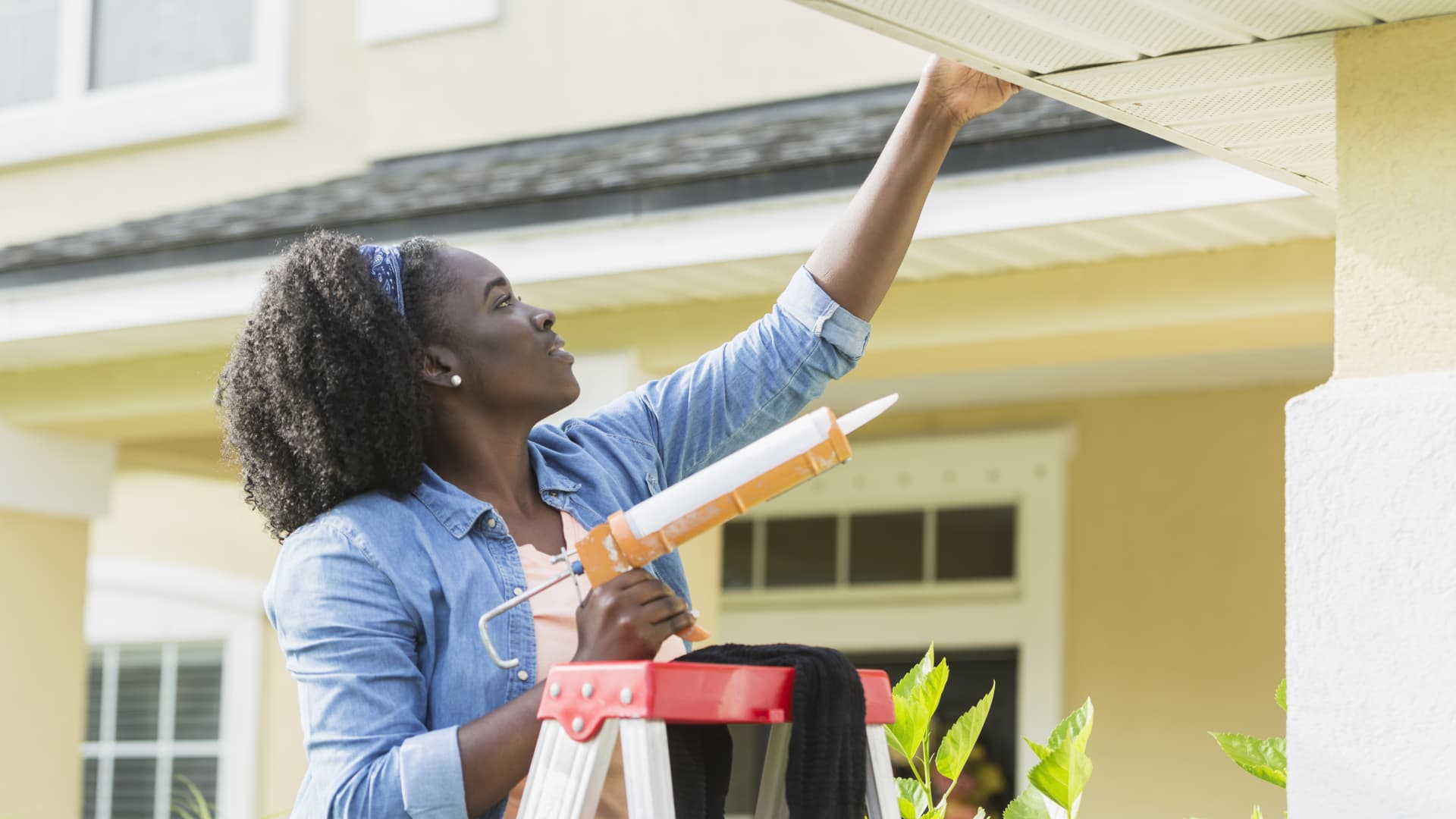Black women are outpacing Black men when it comes homebuying.
Single female homebuyers are most common among Black women, representing 27% of Black homebuyers, according to the 2023 Snapshot of Race and Home Buying in America report by the National Association of Realtors. To compare, single women represent 24% of Asian homebuyers, 17% of white buyers and 7% of Hispanic buyers.
Female buyers represented 32.4% of all Black homebuyers between October 2017 and September 2018, according to a 2022 data analysis by Realtor.com. The share jumped to 35.4% from October 2020 to September 2021.
The share of Black female homebuyers grew at an average annual rate of 7.3% from October 2018 to January 2020. Black male buyers only grew at an annual rate of 3.4% during the same period, Realtor.com found.
More from Personal Finance:
Rental markets are cooling, but it ‘doesn’t mean they’re falling’
What renters need to know to make rent count for credit
‘Housing affordability is reshaping migration trends,’ economist says
But single Black women buyers still face plenty of challenges.
“There are instances where Black people are buying homes, Black women are buying homes. That doesn’t mean that it’s easy for them and that doesn’t mean that it’s not being made unnecessarily difficult by certain societal hurdles that stand in the way, that should not exist,” said Jacob Channel, a senior economist at LendingTree.
“I think it’s demonstrably true if you’re a Black woman in America, you’re probably going to have a harsh time buying a house in many circumstances,” he said.
3 hurdles that affect homeownership for Black women
1. Education debt: While Black women are becoming more educated, it also means they are more likely to have student loans. Compared to other female undergraduate borrowers, Black women carry the most undergraduate student loan debt, averaging $41,466.05 a year after graduation, according to Bankrate.
Higher student loan debt can make it harder to save for a down payment and qualify for mortgages. Lenders consider student loan payments when figuring out how much you can afford.
2. Mortgage access: Lending standards in the early 2000s were more relaxed than they are today, said Channel. Single Black women were less likely to be homeowners in 2021 compared to 2007, according to a report by the National Women’s Law Center.
That said, those who got mortgages before the Great Recession often didn’t fare well: Banks were more likely to offer Black women high-cost mortgages and when the housing market crashed, women of color were overrepresented in foreclosures, the report found.
During the Great Recession, Black women were 256% more likely to have a subprime mortgage compared to white male borrowers of similar economic circumstances, said Sarah Hassmer, director of housing justice at the National Women’s Law Center.
3. Low-wage jobs: Black women, as well as Latinas, are also disproportionately represented in low-wage jobs such as child care and hospitality work.
“These jobs are vastly undervalued but critical to our economy,” Hassmer said.
The median hourly wage of a child care worker in 2022 was $13.71 per hour, or $28,520 annually, according to the U.S. Bureau of Labor Statistics.
“That makes it very hard to afford a down payment, which is one of the biggest obstacles to afford a home,” Hassmer said.
